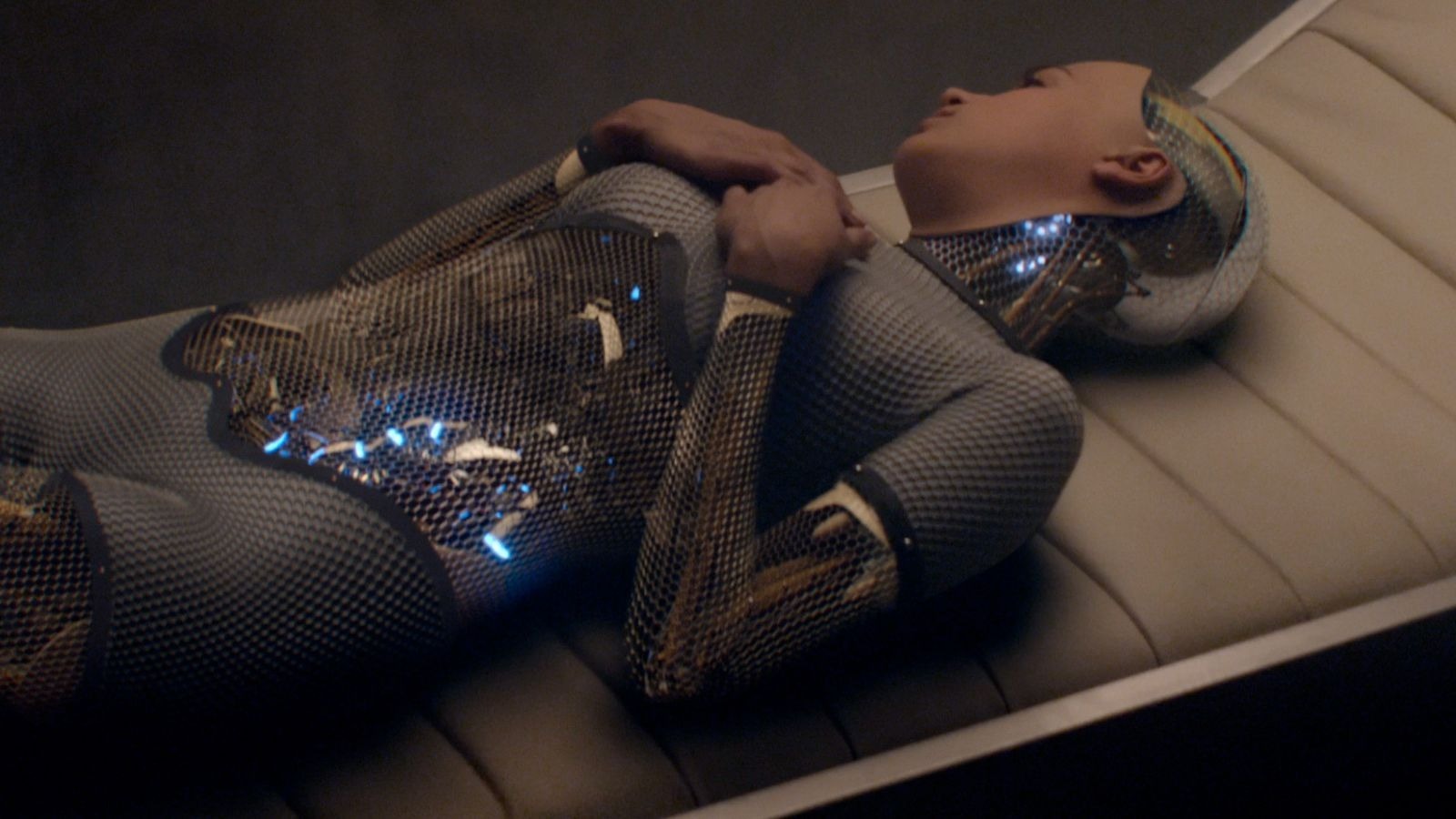
Whitehurst and his team could easily have pored over the history of robots in fiction, going all the way back to the creatures’ inception in Karel Čapek’s 1920 play “R.U.R.” They could have similarly derived their robot design from C-3PO from “Star Wars,” Data from “Star Trek,” or even Robbie the Robot from “Forbidden Planet.” However, Whitehurst noted, that kind of study would only produce a derivation. Instead, he and his team took the opposite approach, being very careful not to look at or even think about other robots. Ava had to come from a more artistic place. As Whitehurst put it:
“I think there’s a sort of film historical precedent issue, which is we didn’t want Ava to look obviously like a robot from any other film that people would be used to seeing. The C-3POs, and Maria from ‘Metropolis’; that kind of thing. I made a rule which I applied to myself as much as anybody else who was on the team working on it, which was no one is allowed to look at robots. We did get a whole bunch of reference images of sculptures, by Constantin Brâncuși, who did these sort of very organic, yet almost mechanical, modernist sculptures.”
Constantin Brâncuși was a Romanian sculptor who began his art career in the mid-1900s, and whose career peaked in the 1930s. He was known for modern, abstract shapes and phalli, but his human faces had large, blank eyes and narrow noses. Ava doesn’t look like a Brâncuși sculpture, but one can definitely get the same vibe from her.
Whitehurst also noted that he wanted Ava to look mechanically plausible, a rarity for humanoid robots in film and TV.


Leave a Reply